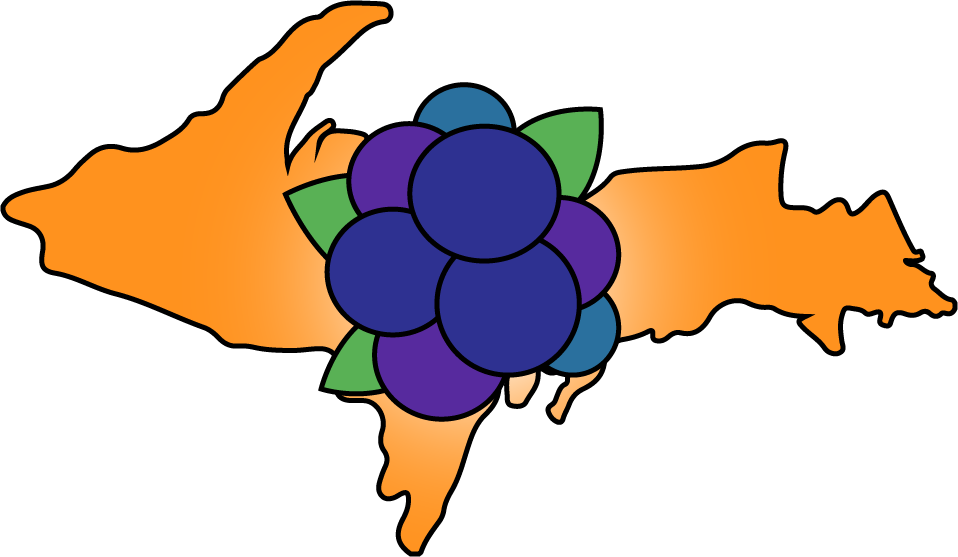Caring for Lupe, One Day at a Time
A Scary Turn
Lupe, one of the two cats we brought with us from Oregon, has always been wild and strong-willed even though she is presumably the runt of the litter. We got her and her sister for the Craigslist price of a box of cat litter each, but they turned out to be some of the most incredible companions we've ever had. She's lived most of her life in forests filled with owls, coyotes, and bigger predators, and the occasional cough or wheeze didn’t set off alarms right away. I always chalked it up to hairballs—nothing unusual for a mostly feral barn cat.
But this summer, the coughs became something more. She had at least three episodes that I can recall where her breathing was labored and frightening. The most recent one, though, pushed us past the tipping point. She was drooling, her pupils were blown, and she was struggling just to get air. Within minutes, I was in the truck on the road to Appleton, Wisconsin—2.5 hours away and the closest emergency vet open on a Saturday. By the time I stopped and checked her breathing a couple of times, she seemed to stabilize a bit. Lou was able to catch up with us partway, and we made the rest of the drive together.
Guidance When We Needed It
In the middle of that crisis, I also want to give a huge thank you to VetTriage.com. I was panicking, trying to figure out where to turn, and had trouble connecting at first. Honestly, I gave up and started looking for other options. But a real person from VetTriage called me back. Once we were on the phone, they walked me through everything—calming me down, helping me assess Lupe’s condition via telemedicine, and even contacting the emergency hospital on our behalf to make sure they were prepared to receive us.
Thanks to their help, we didn’t walk into the ER cold. They helped get Lupe—and me—ready for what we were walking into. And by the time we arrived, she was stable enough to wait for care.
Diagnosis in the Dark
We spent most of that day waiting in a lobby full of people who had driven hours just like us, each holding their own fears and furry family. The team at Blue Pearl was kind and thorough. Initially, I was terrified Lupe had been poisoned, but the vet ruled that out quickly. If that had been the case, they told us she wouldn’t have survived the first exposure, let alone multiple episodes. That left us with expensive diagnostic tests and the hope of some clarity.
She’s only six and a half years old. She’s family—part of our pack, our story, and the soul of this homestead. We went ahead with the full workup. The results hit hard: chronic lung disease. Her chest x-ray showed what looked like free air surrounding her lungs—possibly a pneumothorax. When she has these attacks, she may be suffocating. It's heartbreaking to think about.
The vet offered euthanasia right then and there, knowing we wouldn’t have emergency options on Sunday. But we’re homesteaders. We’ve raised and harvested animals with reverence, and we believe in letting them go on their own terms—when it’s truly time. Not in a bright white clinic, not out of fear.
Sitting With the Unknown
The next couple of days were gut-wrenching. Lou was traveling. I was home alone with Lupe, not knowing if I'd wake to find she’d passed. The steroid shot they gave her wore off within 24 hours, and I was worried that her next breath could be her last. We dug a hole just in case. We discussed what was fair, humane, and right. We cried.
But then Lupe got up. She ate. She went outside. She hunted. She slept. She did cat things. And we all loved on each other a little more than usual—just in case. Wednesday evening, I called Lou and said, “If she’s still here tomorrow, I’m calling the vet to get a prescription for antibiotics and steroids.” She’s never been medicated before, but maybe it’ll buy her time—maybe even good time. We’ll see.
That night, she came back in after dark, brushed up against my legs, and demanded food. A few hours later, I was woken by a ruckus inside our cabin. I figured Ramona, our other cat, was stirring up trouble again. But it wasn’t Ramona. It was Lupe—with a flying squirrel.
It’s not a miracle. It’s not a cure. But it is something. A message. A sign of life. A reminder that she’s still here.
Living in Gratitude
We don’t know how long we have. That’s life, right? But the last few days have been filled with gratitude. With presence. I sat in the stillness of Lake Michigan’s shore, breathed in the forest around us, and just let ourselves feel all of it: love, fear, heartbreak, and hope.
If you're living this kind of life—rural, off-grid, or simply close to your animals—you probably understand this all too well. We feed our cats raw. We aim to feed ourselves from the land. We live far from emergency care, but close to the realness of life and death. And this week, we’re choosing to sit with it all. Eyes open. Hearts open.
Thanks for being here with us. Hug your animals today. And don’t wait to tell someone—or some cat—you love them.
